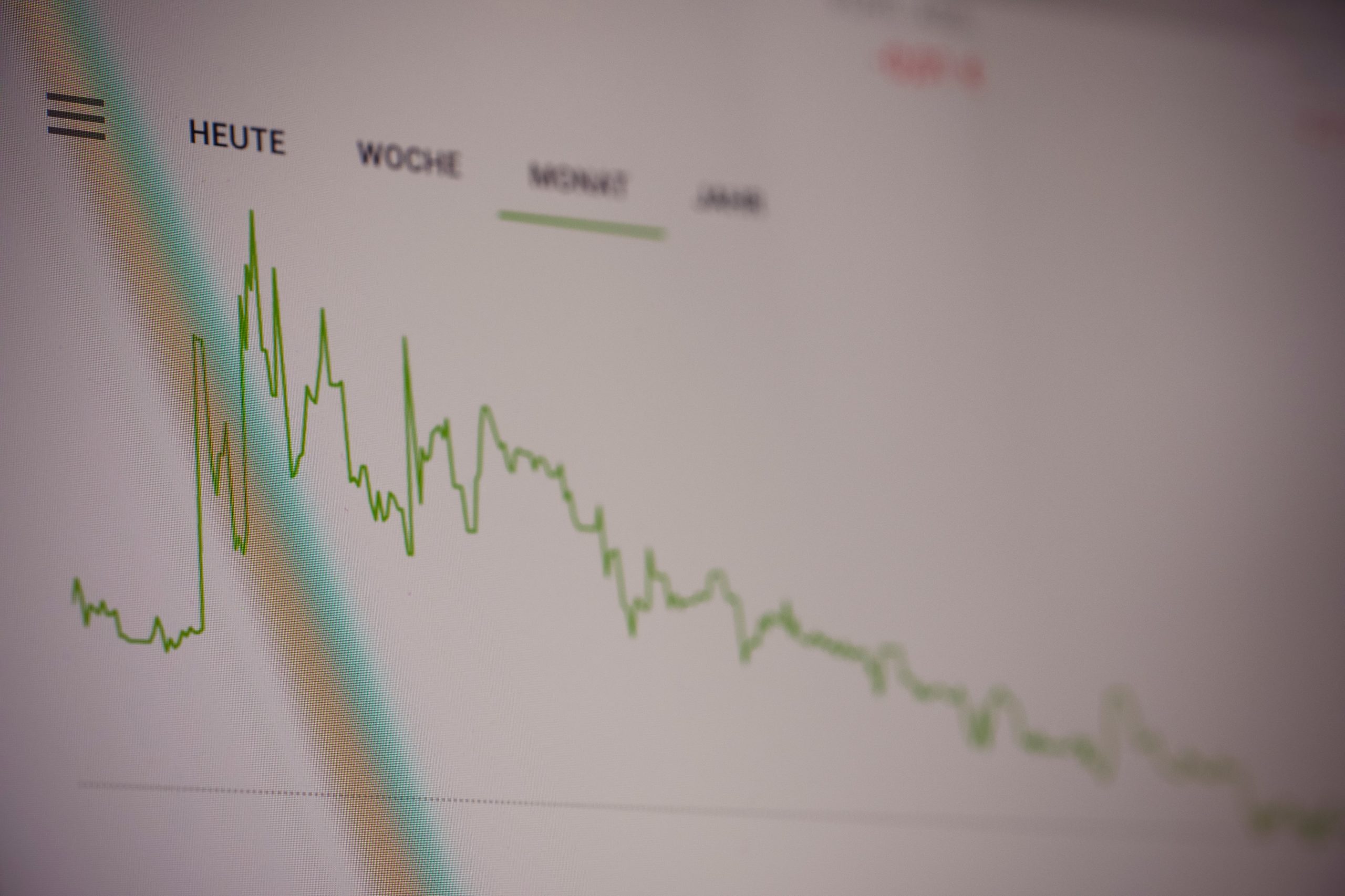
Is there a green bubble in the stock market?
What’s happening? Data from Bank of America showed investments into ESG (environment, social and governance) funds have more than doubled to $1.4tn in the space of a year. Moreover, roughly $3 of every $10 of global equity inflows have been in ESG funds, which are growing three times as fast as non-ESG funds. Joachim Klement, an analyst at Liberum, has said that ESG themes could ultimately end up in a bubble. (The Telegraph).
Overcrowding – Research from MSCI has found that ownership of renewable energy stocks is as crowded as technology stocks were before the dotcom crash, which will give risk-averse investors something to think about. ESG based funds have been growing rapidly – the Sydney-based Australian Ethical Investment, for example, has $4.2bn assets under management (AUM), with an annual AUM growth rate of around $1.6bn. The firm’s stock has given investors a return of around 1,000% over the past five years, compared with 66% for the S&P/ASX 300 over the same period.
What is a stock market bubble? A bubble forms when there is a rapid, exponential increase in share prices over a certain period, and the prices of stocks rise higher than their earnings can justify.
A good indication of when a bubble is about to burst is when there is stock buying by trend followers, while at the same time institutional investors are selling. This can currently be seen with certain renewable energy companies – institutional investors have recently sold 17.6 million shares in 10 renewable energy firms. This could mean two things: the start of a market crash in green stocks, or just the end of a market correcting overvalued stocks.
Winners and losers – Some think clean energy stocks are accurately valued. Clearly the world is committing to a long-term energy transition to achieve net-zero emissions and its unlikely this transition will reverse – suggesting significant long term growth potential for green stocks.
However, this can’t be the case for all, with variability in how accurate the valuations of certain green stocks are. For instance, the price-to-earnings ratio of renewable energy firms is about the same as the S&P 500. However, EV firms have a median price-to-earnings ratio double that of the S&P 500.
The reason for the variability depends on how mature the technology is. The stocks that tend to be currently overvalued are hydrogen and fuel-cell firms, where technology is currently unproven. However, some investors are willing to take this risk in an attempt to find the next Tesla.
If there is a bubble, how do we stop it? Price bubbles have long been present in human history, from the tulip-bulb craze in the 15th Century to the recent roller-coaster ride of GameStop and AMC. There is little regulators can do to stop these skyrocketing prices and herd behaviour, but in the case of green stocks improving transparency in the market could reduce the risk of a market crash.
The rapid growth of ESG-related products has created an issue of greenwashing in the market. This is where certain green products are not delivering on environmental promises as well as certain ESG funds continuing to have investments in carbon-intensive firms.
To tackle this, the UK treasury has recently announced the creation of an independent body to provide guidance on how to tackle greenwashing in the finance industry. Furthermore, there has been a growth in the number of countries requiring companies to report on their climate risk. These measures will improve transparency for investors and allow them to see how environmentally friendly a financial product or stock is – this should reduce misinformation and allow investors to value a stock more accurately.
However, in the case that green stocks face a similar fate as technology stocks in 2000, it is important to note that 20 years after the dotcom bubble burst, technology firms compromise around 38% of the S&P500 market capitalisation.
This article first appeared in our weekly newsletter, Sustt.


